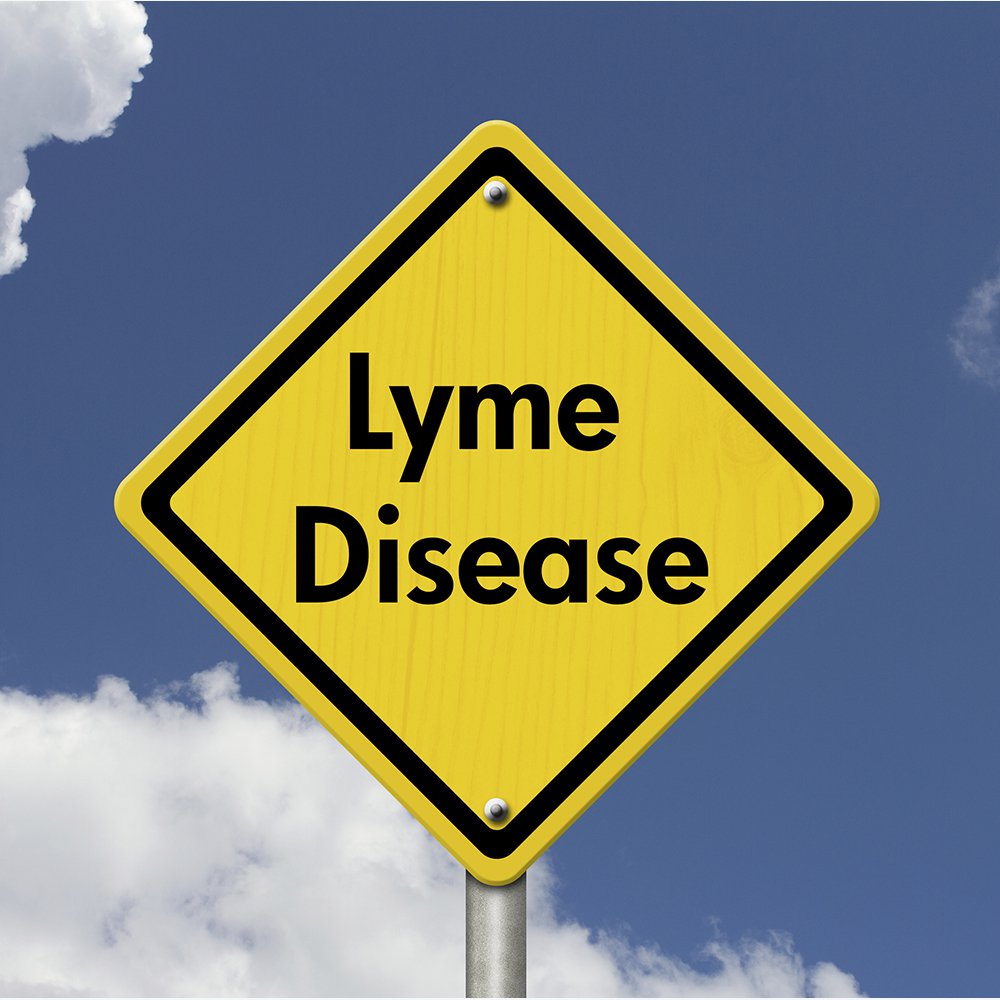It is caught via ticks
In fact it is a bacterium, borrelia, carried by the different varieties of ticks - there are more than a dozen - that transmits Lyme disease (or Lyme borreliosis). But all ticks are not carriers . The tick must first have been infected by biting an animal (wild or cattle, for example). Roughly 10% of ticks are thought to carry Borrelia . If you get a tick, you do not necessarily develop Lyme disease. Nevertheless, as a precaution, it is better to remove the tick quickly because if it is carrier of Borrelia, the more the tick remains attached to our skin, the more the risk of contracting the disease increases. There are currently around 27,000 new cases per year.
Lyme disease is serious
If the tick transmits the bacteria (present in the saliva of the beast), it can cause articular and neurological disorders that evolve chronically. Initially, there is a small skin infection and then without treatment, the disease evolves and eventually reach different organs. It is often accompanied by pain in a second time and joint stiffness. Finally numbness and paralysis can also occur. A great fatigue is almost always felt during these phases of outbreaks of the disease. Note: everyone reacts very differently to tick bites since the evolution of the disease also depends on the immunity of each of us.
Lyme borreliosis can be prevented
The first prevention is to protect yourself physically from ticks. On the way, wear long pants and long-sleeved shirts to avoid being bitten. On the return, we check that a small animal did not catch and if we ever find one, we remove it illico. And we consult: taking antibiotic treatment quickly after the bite, and for 3 weeks, we eliminate the bacteria in 95% of cases. The very first signs of Lyme disease to watch for: redness and inflammation between 3 and 30 days after the bite. Namely: the blood test to identify borreliosis (Lyme disease) is not unanimous. So American researchers are working on developing a urine test (similar to a pregnancy test) detecting the presence of a protein often associated with Borrelia bacteria. The first results are rather very positive. The idea is to detect the infection as soon as possible to prevent it from evolving.


